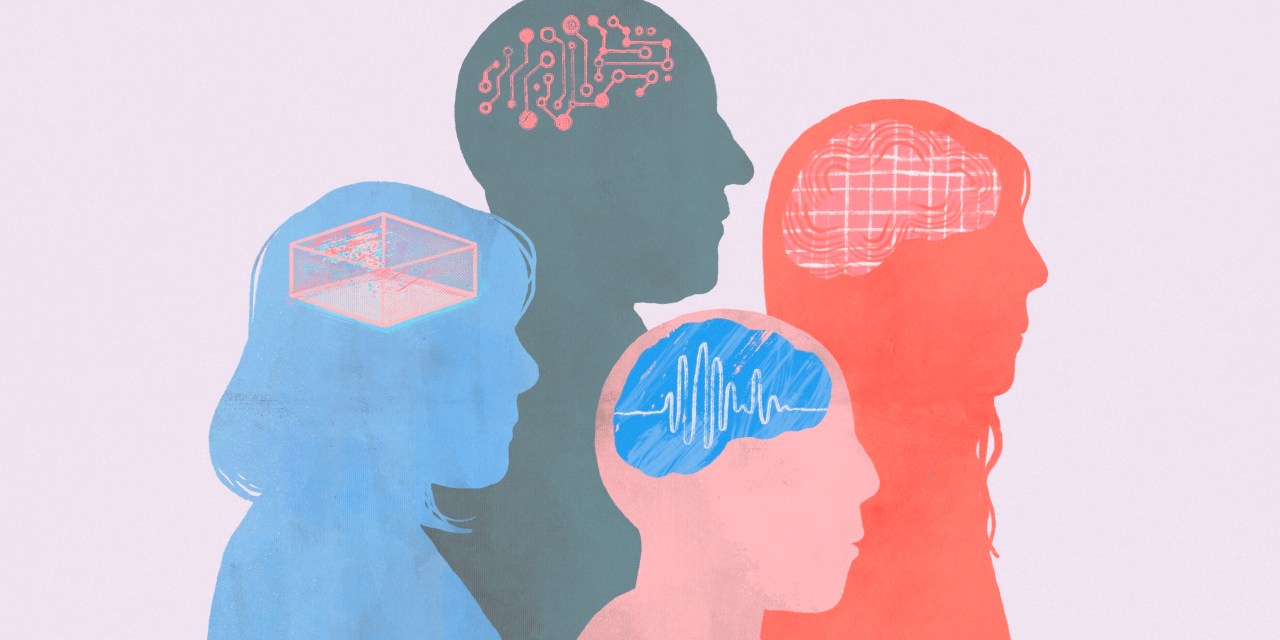Why personality assessments are on the rise at work

More companies are adding personality assessments to their onboarding processes.
In doing so, they hope to make it easier for new and existing hires to get a measure of how best to work with colleagues who have different personalities and ways of working.
Meaning and intentions can be easily misinterpreted when communicated over digital channels rather than in person. Tone is hard to convey via digital messaging, and as such, asynchronous working and collaborating with colleagues can become tense exchanges with neither side fully understanding the other’s issues. This is then compounded if an employee has never met their colleagues in person, so hasn’t got the full measure of them. And for new hires, it can be even more difficult.
Some companies are even claiming introducing personality assessments has helped their diversity, equity, inclusion and belonging strategies, because it helps new hires feel more comfortable navigating new relationships in a shorter period.
The most popular form of personality assessment among employers is DiSC: dominance, influence, steadiness and conscientiousness, which is geared towards the workforce and different from other personality assessments like Myers-Briggs. Some are incorporating them into the hiring process, while others are waiting until people have been at the company for 60 to 90 days.
“It’s important to remember these aren’t tests, because that implies that they can be passed or failed,” said Jay Niblick, cofounder of online hiring platform WizeHire. “Assessments aren’t about passing or failing anything, it’s about deeper understanding.”
WizeHire helps companies hire candidates, in part based on their DiSC assessments. By having the DiSC assessment information up front, Niblick argues it can go beyond the resume and help the company find the right fit faster.
“Understanding these things helps me understand is this a person who will enjoy the work?,” said Niblick. “Putting someone who is a high SC [steadiness and conscientiousness] into a very dynamic, fast-paced, aggressive sales role, is probably going to be very unenjoyable for them.”
However, Niblick admits it’s not a completely foolproof method. What if on paper it seems like the person is a fit, but in the workplace it doesn’t pan out that way?
For May Huang, account executive at Highwire PR, the opposite happened. She expressed to her friends how different she felt she was from her new manager, but by the time they completed their DiSC assessments, they were more similar than she would’ve guessed.
“I was in shock when I realized we’re the exact same person on paper,” said Huang. “Reading my report made me realize we actually are more similar than I thought and we both have the same stressors and motivators.”
After looking through their workplace style compatibility, Huang realized they can work together better by being more communicative and encouraging each other to not get bogged down by over analytical thinking.
“The DiSC assessment directly influenced how I work with my manager,” said Huang.
Highwire PR launched its DiSC assessment at an offsite, where everyone took it at the same time and were able to see which one they identified with. Now, all new hires take it within two weeks.
“We onboard to companies, but do we onboard to each other,” said Andrew Robinson, head of people at Highwire PR. “That’s one of the crucial points of DiSC because we’re able to really learn about ourselves and learn about each other.”
Robinson said using the DiSC assessment has really helped foster a sense of inclusion and belonging faster than before they used it. They look at it as a work-style preference assessment rather than a personality assessment.
“Now we have this shared language,” said Robinson. “As we understand different work styles and how to best collaborate together, people can always go back and use that language. It empowers them to have the right conversations and ignites dialogue. That’s the big part of inclusion and belonging, it’s normalizing these conversations about your work style preference and empowers employees to talk about it and clearly defines how to move something forward in the most positive and productive way.”
Being able to see on paper how a colleague prefers to work, can help prevent miscommunication and misunderstandings, Huang stressed. “When we took the assessment, they were like ‘we want everyone to remember that no style is better than the others,’” said Huang. “It’s so important because it helps me realize when I disagree with a colleague on an approach, it can come down to different working styles and not necessarily which one is better.”
Public relations and communications company Mission North, like Highwire PR, began using the DiSC assessment at an offsite. New hires do it within the first week and people who switch roles are asked to repeat it.
“Our company is split between all four of the profiles, which is pretty cool to see,” said Stephanie Leal, head of learning at Mission North. “Most of our executive team is either D, dominance, or I, influence. Our ops team are mostly S, which is steadiness and support.”
Team operating platform, Teaming, encourages clients to take the assessment right away, but to then repeat it 30 to 90 days later. “It depends on the unique situation, but we don’t recommend it as a hiring tool while some people do,” said Kate O’Neil, co-founder of Teaming. “It can be weaponized just like anything else from a demographic position. Does it work for me or against me?”
But once someone is in a role and takes the assessment, it is only the first step in helping it create real change in the workplace.
“The idea is that you can take a DiSC assessment on paper, and the problem is it goes into a desk drawer and you don’t pull it out until there is a problem,” said O’Neil. “It’s not preventative or adaptive in any way.”
Mission North supplemented the assessment with a collaboration initiative where people broke off by their work styles and created Jamboards [interactive whiteboards] describing their styles.
“We were creative about how we wanted to show it,” said Leal. “The Jamboards were so different based on our profiles. The people who were C, more precise folks, had very systematic posters that were very linear. Then you had people who were i, who are more enthusiastic and outgoing, and they had more color and pictures.”
Having it shown visually helps people soak up this information more. That’s why O’Neil argues having it within a software to go revisit at any time is helpful because it’s a visual experience. Teaming, along with other platforms, takes information from the DiSC assessment and gives you a breakdown and allows you to compare different work styles with anyone in the company. It helps identify how to best work together, what the different strengths and weaknesses are, and how to flex towards each other’s styles.
At Teaming, their data suggests that people go back to it quite often. It’s usually before difficult conversations, if they are navigating how to solve a problem or how to approach something in a way to ensure they are heard. The assessment also helps people learn more about themselves and their own work needs, which might be helpful for someone who is joining a new workforce or hasn’t checked in with themselves in a while.
“I took DiSC first when I was an individual contributor and I was a Di, which means I tried to make decisions with emotion,” said O’Neil. “But when I became a manager, I became the opposite. I’m a CD now. I have no ‘i’ anymore.”

